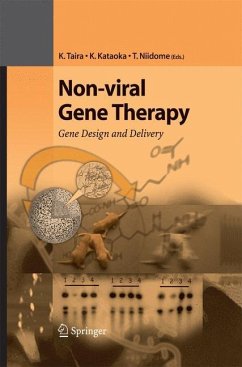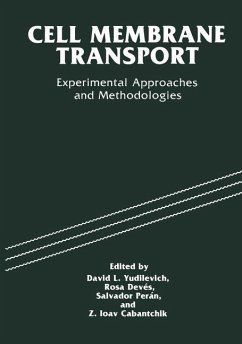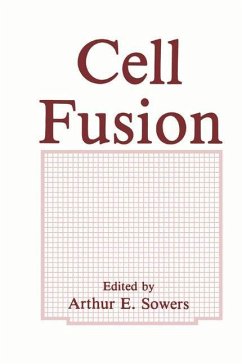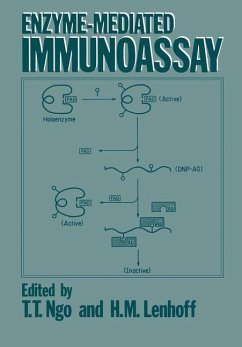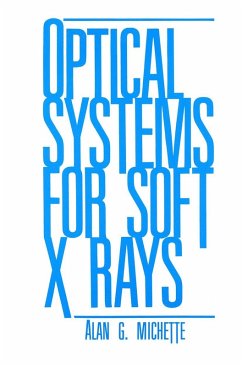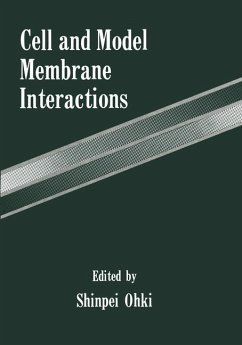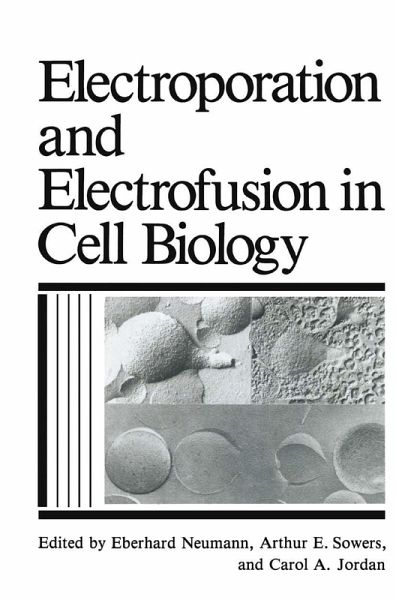
Electroporation and Electrofusion in Cell Biology

PAYBACK Punkte
76 °P sammeln!
Cells can be funny. Try to grow them with a slightly wrong recipe, and they turn over and die. But hit them with an electric field strong enough to knock over a horse, and they do enough things to justify international meetings, to fill a sizable book, and to lead one to speak of an entirely new technology for cell manipulation. The very improbability of these events not only raises questions about why things happen but also leads to a long list of practical systems in which the application of strong electric fields might enable the merger of cell contents or the introduction of alien but vita...
Cells can be funny. Try to grow them with a slightly wrong recipe, and they turn over and die. But hit them with an electric field strong enough to knock over a horse, and they do enough things to justify international meetings, to fill a sizable book, and to lead one to speak of an entirely new technology for cell manipulation. The very improbability of these events not only raises questions about why things happen but also leads to a long list of practical systems in which the application of strong electric fields might enable the merger of cell contents or the introduction of alien but vital material. Inevitably, the basic questions and the practical applications will not keep in step. The questions are intrinsically tough. It is hard enough to analyze the action of the relatively weak fields that rotate or align cells, but it is nearly impossible to predict responses to the cell-shredding bursts of electricity that cause them to fuse or to open up to very large molecular assemblies. Even so, theoretical studies and systematic examination of model systems have produced some creditable results, ideas which should ultimately provide hints of what to try next.





